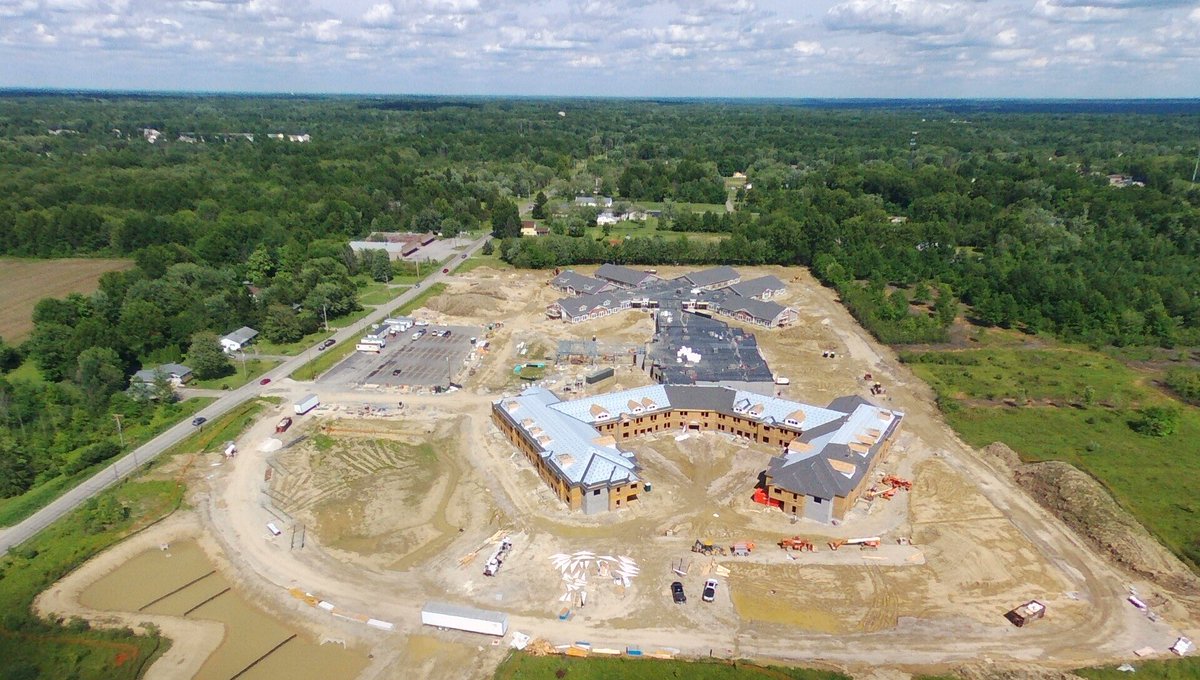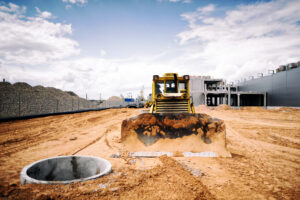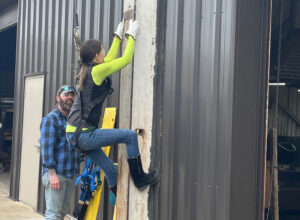Commercial construction is not a one-size-fits-all endeavor. Each client is unique, with individual requirements that have to be factored into their construction project. The construction of healthcare facilities is even more complex, with strict requirements to their design. Let’s look at some of the particular challenges that healthcare construction projects come up against.
Design Factors in Healthcare Facilities
Healthcare facility design and construction requires considerations that many other construction projects don’t require, including elements of design for patient accessibility and well-being. These elements carry over to any sort of healthcare establishment, whether you’re working with a nursing home, an inpatient hospital setting or an outpatient facility location.
When constructing a new facility, a flat entranceway is a must for patients (both ambulatory and those in wheelchairs). Hallways need to be wide enough to accomodate stretchers and wheeled hospital beds, and patient rooms need to be large enough for not only the patient and any medical equipment but also visitors (while allowing for easy entrance and exit, as well).
Common areas need consideration, too. While acoustics isn’t always top of mind for many in healthcare building design, flat ceilings with soft tiles absorb sound so private conversations about health concerns can stay private.
What about cleaning and disinfecting? This is a daily, even hourly, protocol in healthcare facilities everywhere. Every surface, from walls to floors to countertops must be able to stand up to endless cleaning and sanitization for patient safety and infection control. Even chairs and light fixtures need to be constructed of materials that can be repeatedly cleaned. Researchers have made great strides recently in the area of antimicrobial surfaces that are engineered to be inhospitable to germs.
How Antimicrobial Surfaces Work
There are several different types of antimicrobial surfaces right now, and they function differently depending on the material. Some surfaces can be impregnated with copper, which gives off ions that are antimicrobial. Others are “smart” plastics that have a surface engineered to not allow viruses and bacteria to attach to it. Some companies are even working on materials that can be sprayed onto an existing surface to give it long-lasting antimicrobial properties.
An easily overlooked area of a healthcare setting is the operational side. Employee spaces and the daily operations of the facility should always be taken into account. Medical records spaces should be easily accessible to not waste time, and medical offices should be in a separate area from patient care. Locations with an operating room need to be designed to allow a surgeon and surgical assistants to move around freely while being able to access the equipment or instruments they may need.
Construction managers and general contractors also need to be mindful of large medical equipment when constructing a medical facility. The healthcare industry utilizes a variety of sophisticated machinery in its daily operations for diagnosis and treatment. Depending on the type of facility being built, new construction must consider issues as minute as the vibration that certain equipment can generate, or harmful rays from certain machines. Building codes will typically specify where certain pieces of equipment must be located or how they should be mounted to ensure safety during operation.
A healthcare facility’s HVAC system is another area that requires special attention. Medical facilities are typically twenty-four-hour-a-day, seven-days-a-week businesses. Not only do they put incredible demand on HVAC systems, but they also need them to perform in specialized ways. Humidity, for example, must be kept at a constant level, and high-quality airflow needs to be maintained at a certain rate. These requirements translate into larger and more sophisticated HVAC systems along with the ventilation pathways themselves.
The COVID-19 Pandemic’s Influence
The pandemic has reshaped virtually every facet of our lives, including influencing healthcare construction. We have seen the pace of new projects increase from the midst of the pandemic, and many healthcare organizations are rethinking their designs for existing facilities.
The pandemic highlighted the need for flexibility in healthcare infrastructure. New medical facilities now prioritize adaptable spaces that can easily transform to accommodate surges in patient numbers and evolving medical needs. Modular designs and multipurpose areas have become crucial elements in ensuring quick adjustments to changing healthcare demands.
The rise of telehealth during the pandemic has revolutionized patient care. Medical facilities are now incorporating dedicated spaces and advanced technologies to facilitate virtual consultations, ensuring that healthcare services remain accessible even during times of social distancing.
Another variable to consider is the acceleration of technological advancements. This has prompted a shift towards smart and digitally connected medical facilities. Automation, robotics, and artificial intelligence are being integrated to enhance efficiency, streamline processes, and improve overall patient care.
COVID-19’s effect on healthcare will continue to raise interesting considerations for the future of health services. As the healthcare industry continues to evolve, these changes in architecture serve as a testament to the resilience and innovation driving the transformation of healthcare infrastructure worldwide.
COVID-19 and the Construction Industry
The construction industry, sturggled with unprecedented challenges during the COVID-19 pandemic, as limitations on manpower and disrupted supply chains created substantial obstacles for construction projects. Lockdowns, social distancing measures, and health concerns led to reduced workforce availability, slowing down construction timelines and impacting project schedules. Simultaneously, supply chain disruptions, ranging from manufacturing delays to transportation constraints, resulted in shortages of essential construction materials. These dual challenges of limited manpower and constrained supplies presented a formidable hurdle for construction projects globally, requiring innovative solutions, adaptability, and strategic planning to navigate the complexities imposed by the pandemic.
The Future of Healthcare Facility Construction
With every generation, new knowledge brings medical innovations and new ways of diagnosing and treating illnesses. These new innovations eventually become reflected in the construction of new medical facilities. Hospitals today aren’t built the same way they were thirty years ago, and in thirty years we will construct them differently than we do now!
The worldwide COVID-19 pandemic has forced some tough decision making on the part of the healthcare industry, the construction industry, and how these two entities interact. If you need experienced construction companies that are always looking toward the future, visit our updated membership directory. You’ll find over 150 construction firms from eastern Ohio and western Pennsylvania, representing every trade.





